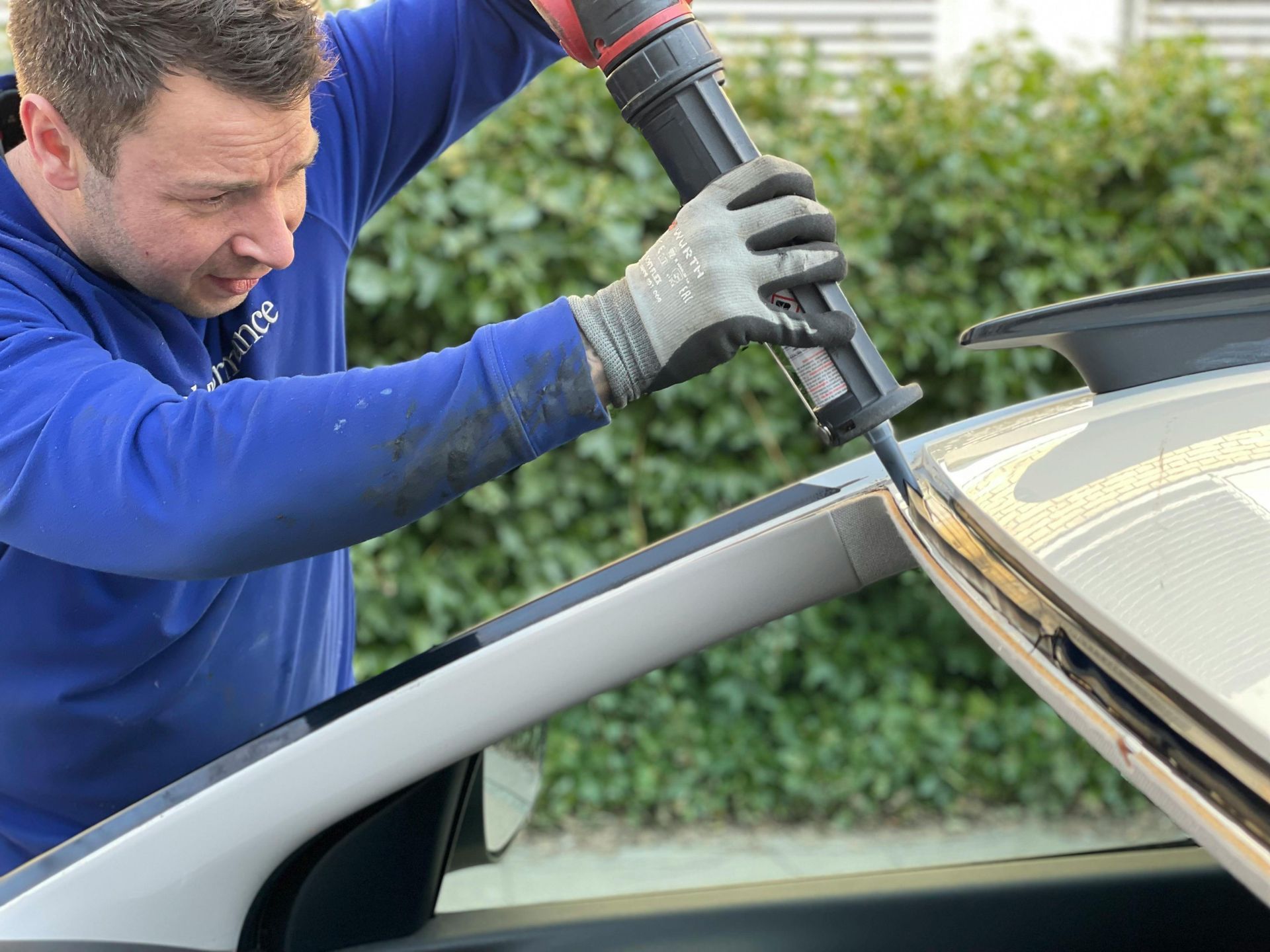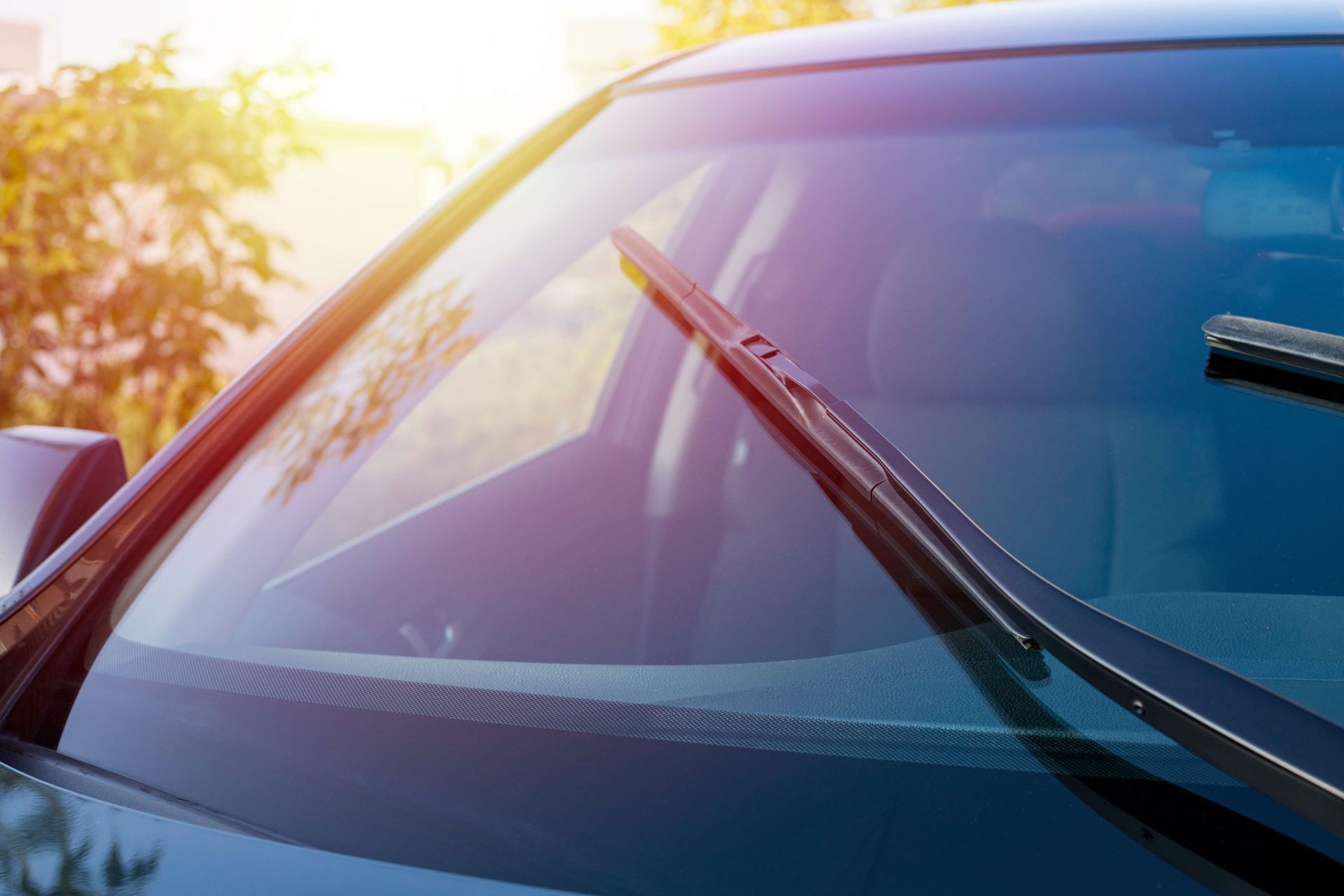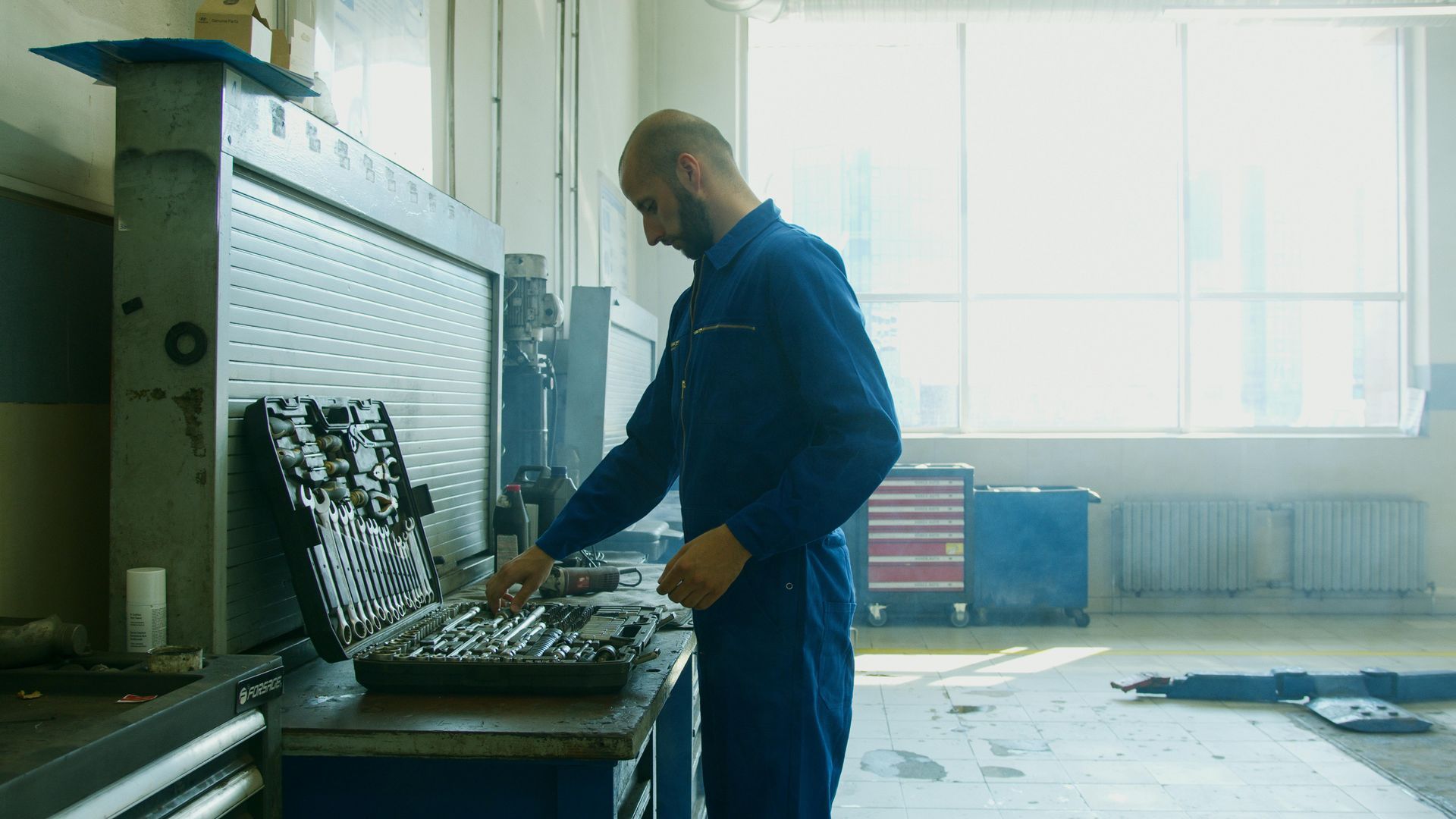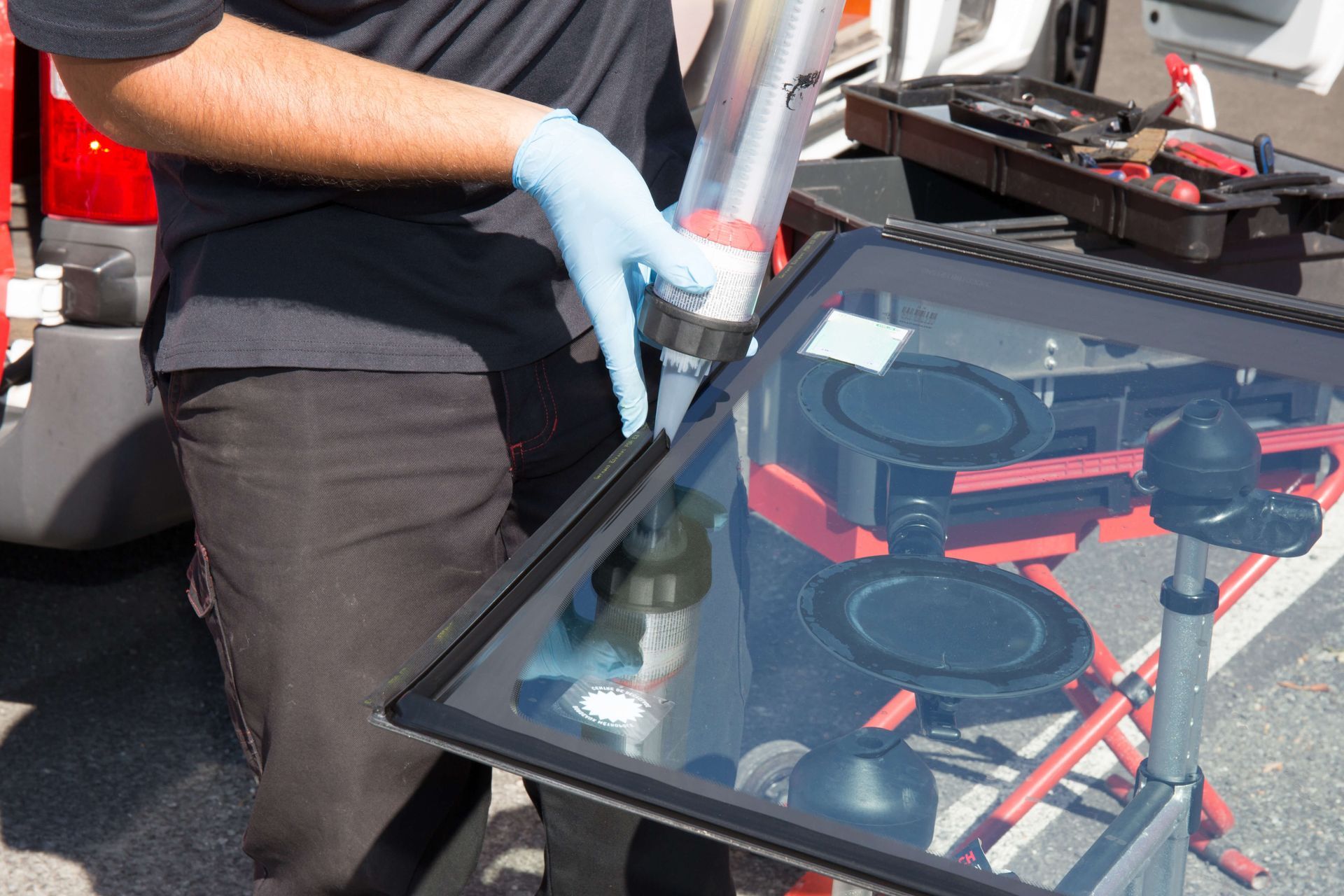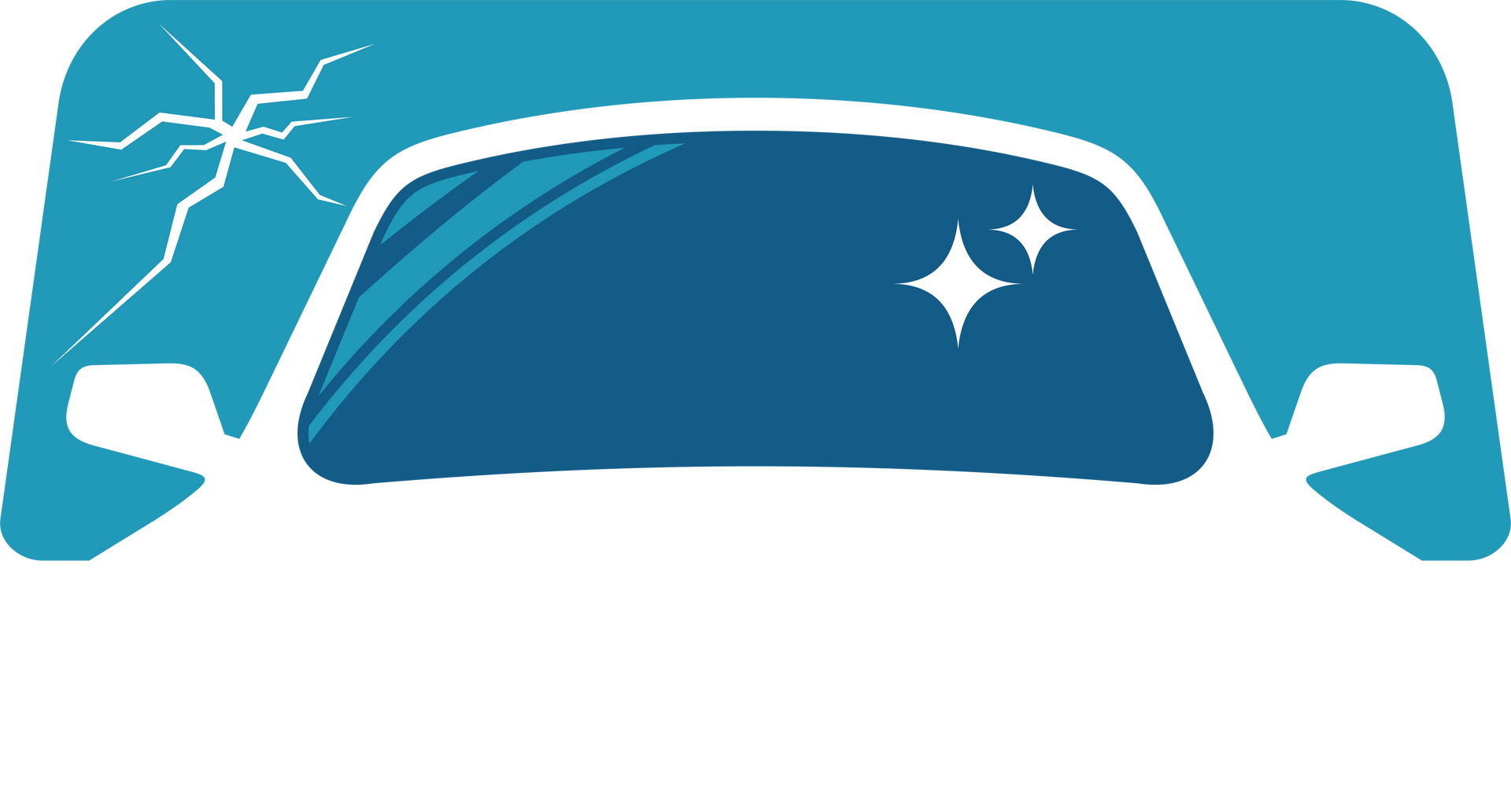How to Defrost and Defog Your Windscreen
Driving with a fogged-up windshield or frosted car windows can be dangerous. Obstructing your view can lead to accidents, especially in low visibility conditions such as early mornings or inclement weather. A fogged windshield results from moist air inside the car condensing on the cold car glass, which often occurs when there's a significant temperature difference between the interior and exterior of the vehicle. Also, properly defrosting and defogging is an essential
windscreen maintenance technique. Therefore, understanding how to defrost and defog your windscreen quickly and effectively is crucial for safe driving. Mastering these techniques enhances your safety and ensures a smoother, stress-free driving experience during colder months.
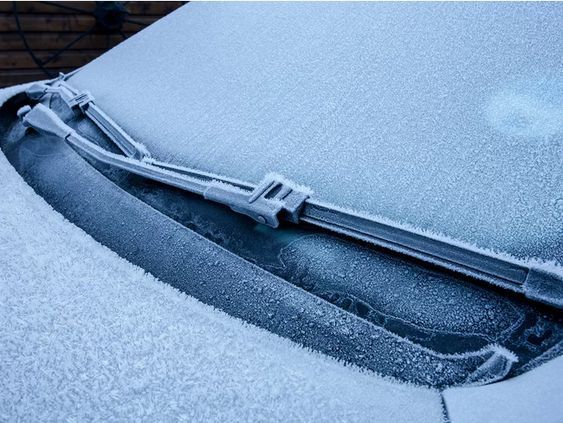
Defogging and Defrost Methods
This article will explore various methods to achieve a clear car windscreen. By following these helpful tips and understanding the mechanics behind defogging and defrosting, you can ensure your vehicle glass stays clear in any weather, providing optimal visibility and safety on the road.
Quick Defogging Methods
1. Use the Air Conditioner and Heater Combo
Turn on the Air Conditioner
This helps remove moisture from the air inside the car by condensing the water vapor on the cooling coils of the air conditioner. Even in cold weather, using the air conditioner (air con) can be beneficial because it dehumidifies the air, reducing the amount of moist air inside the vehicle that contributes to fogging. To maximize the effect, set the air conditioner to fresh air intake mode rather than use the recirculation button, as this allows drier outside air to replace the moist air inside the car.
Turn on the Heater
Direct warm air onto the car windscreen. The warm air increases the temperature of the car glass, reducing the likelihood of condensation forming. For optimal results, set the heater to the defrost mode, which typically directs a higher airflow towards the windscreen. The combination of the air conditioner and warm air helps in quickly defogging the windshield by simultaneously heating the glass and removing moisture from the air inside the car. Adjust the temperature gradually to prevent any sudden thermal stress on the glass, which could potentially cause cracks.
2. Use Hot Air Wisely
Firstly, use cold air to reduce the fog. Start by turning on the air conditioning and setting it to blow cold air across the car windscreen. This approach helps by cooling down the car glass, making it closer to the temperature of the outside air, which reduces the temperature difference and condensation. Cold air from the air conditioner is also dry, which helps absorb and remove the moisture from the air inside the car, rapidly clearing the fog.
Once the fog starts to clear, switch to warm air to keep the car windows from fogging up again. Gradually increase the temperature to direct warm air onto the windscreen. This step is crucial because it warms the vehicle glass, preventing new condensation from forming as the vehicle interior warms up.
Advanced Techniques
1. Shaving Foam Trick
Apply a thin layer of shaving foam on the inside of the car windows and wipe it off with a clean, dry cloth. This creates an invisible, protective barrier on the glass that prevents condensation from forming. The shaving foam leaves a residue that reduces the surface tension of the water vapor, causing it to spread out in a thin, uniform layer rather than forming fog. This trick is particularly useful in humid conditions and can last for several weeks before needing reapplication. It's a simple and cost-effective method to ensure clear visibility at all times.
2. Lukewarm Water or Warm Water
For a frosted front windscreen, pour warm water (never hot water, as it can crack the glass due to thermal shock) to melt the ice quickly. Warm water effectively melts the ice without damaging the glass. After pouring the water, use a squeegee or windshield wipers to clear away the excess water and any remaining ice. For added convenience, you can also keep a spray bottle of warm water in your car during the winter months. This method is especially useful on a cold morning when you need to defrost your car windows quickly before driving.
3. Use Air Conditioning Regularly
Regular use of the air conditioning system can help maintain lower moisture levels inside the car, preventing fogging over time. Running the air conditioning even for short periods helps to dehumidify the air inside the vehicle, reducing the overall moisture content. This is particularly effective in humid climates or during rainy seasons when the air inside the car can become damp. Keeping the air conditioning on recirculate mode occasionally can also help dry out the car's interior. Consistent use of the air conditioning system ensures that the air inside your car remains dry, reducing the likelihood of fogging and improving overall air quality.
Quick Defrosting Methods
1. Use the Car Heaters
Turn on the car heaters to the maximum setting and direct the hot air towards the windscreen. Set your heating system to the defrost mode, which typically focuses airflow onto the windscreen and side windows. This will help de ice the car windows effectively by gradually warming the glass, making it easier for the ice to melt without causing thermal shock.
2. Use the Air Conditioner
Again, using the air con helps in removing more moisture and can assist in defrosting by blowing drier air onto the windscreen. Turn on the air conditioner while the heater is running. The air conditioner will dehumidify the air before it is heated and blown onto the windscreen, ensuring that the air hitting the glass is both warm and dry. This combination is highly effective in defrosting and preventing re-fogging.
3. Windshield Wipers
As the ice starts to melt, use the windshield wipers to clear away the excess water. This is especially useful after applying lukewarm water to the windscreen. Make sure your windshield wipers are in good condition; worn or damaged wipers can smear the melted ice, reducing visibility. If your car has a windshield washer system, use it to spray washer fluid on the windscreen to help remove any remaining frost and debris.
Helpful Tips
1. Adjust Temperature Gradually
Sudden changes in temperature inside the car can cause fogging. When you enter your vehicle on a cold day, avoid cranking the heater up to the maximum immediately. Instead, start with a moderate certain temperature setting and gradually increase it. This approach allows the temperature of the vehicle glass to rise slowly, minimizing the risk of condensation forming on the windscreen and windows. Additionally, it helps prevent thermal stress on the glass, which can lead to cracks over time. By taking a gradual approach to heating, you maintain a clear windscreen and extend the longevity of your car windows.
2. Use Anti-Fog Sprays
Consider using anti-fog sprays available in the market for an additional layer of protection against fogging. These sprays create a thin, transparent coating on the inside of your car windows, which helps to prevent moisture from condensing into fog. To apply, clean the glass thoroughly to remove any dirt or residues, then spray a light, even layer of the anti-fog solution. Wipe it with a clean cloth to ensure it covers the surface evenly. This treatment can be particularly effective in humid conditions and can last for several weeks before needing reapplication. Using anti-fog sprays is a simple and cost-effective way to enhance visibility and driving safety.
Conclusion
By understanding these techniques and tips, you can effectively defrost and defog your windscreen, ensuring clear visibility and safer driving conditions. More importantly, the tips in this article will help you give your windshield accurate care during different seasons, and ultimately, avoid
windscreen repair or replacment. Also, regular maintenance of your car’s air conditioning and heating systems is crucial. This includes checking and replacing the cabin air filter, ensuring vents are clean and unobstructed, and inspecting seals around windows and doors to prevent moisture ingress. Additionally, keep your car interior clean and dry by removing wet items that can increase humidity. Incorporating these practices helps maintain a clear and safe driving environment in all weather conditions.
About The Hills AutoGlass
Welcome to The Hills AutoGlass, the premier destination for automotive glass solutions in The Hills District, NSW. With over 15 years of industry experience, The Hills AutoGlass has earned its reputation as a trusted provider of top-tier car windscreen repair and replacement services. Utilizing the latest tools and techniques, our team ensures each task is performed with precision and durability.
Our skilled team of auto glass specialists brings a wealth of knowledge to a diverse range of services, from adept chip and crack repairs to seamless new installations and replacements. What sets The Hills AutoGlass apart is our commitment to providing a third offering – a complimentary vehicle assessment with every windscreen service. This thorough inspection extends beyond the immediate task, proactively addressing potential issues related to car windows, air conditioning, and heaters.
At The Hills AutoGlass, our focus is not merely on fixing vehicle glass; it's on ensuring every journey is marked by safety, expertise, and an added layer of care. Whether you need to defrost and defog your windscreen or seek advice on using cold air, warm air, or hot air effectively, trust us for comprehensive solutions that prioritize your safety and satisfaction.
Ready to work with The Hills AutoGlass?
Let's connect! We’re here to help.
Send us a message and we’ll be in touch.
Or give us a call today at 0290-721-117
Agency Contact Form
More Marketing Tips, Tricks & Tools
Blogs | The Hills AutoGlass


